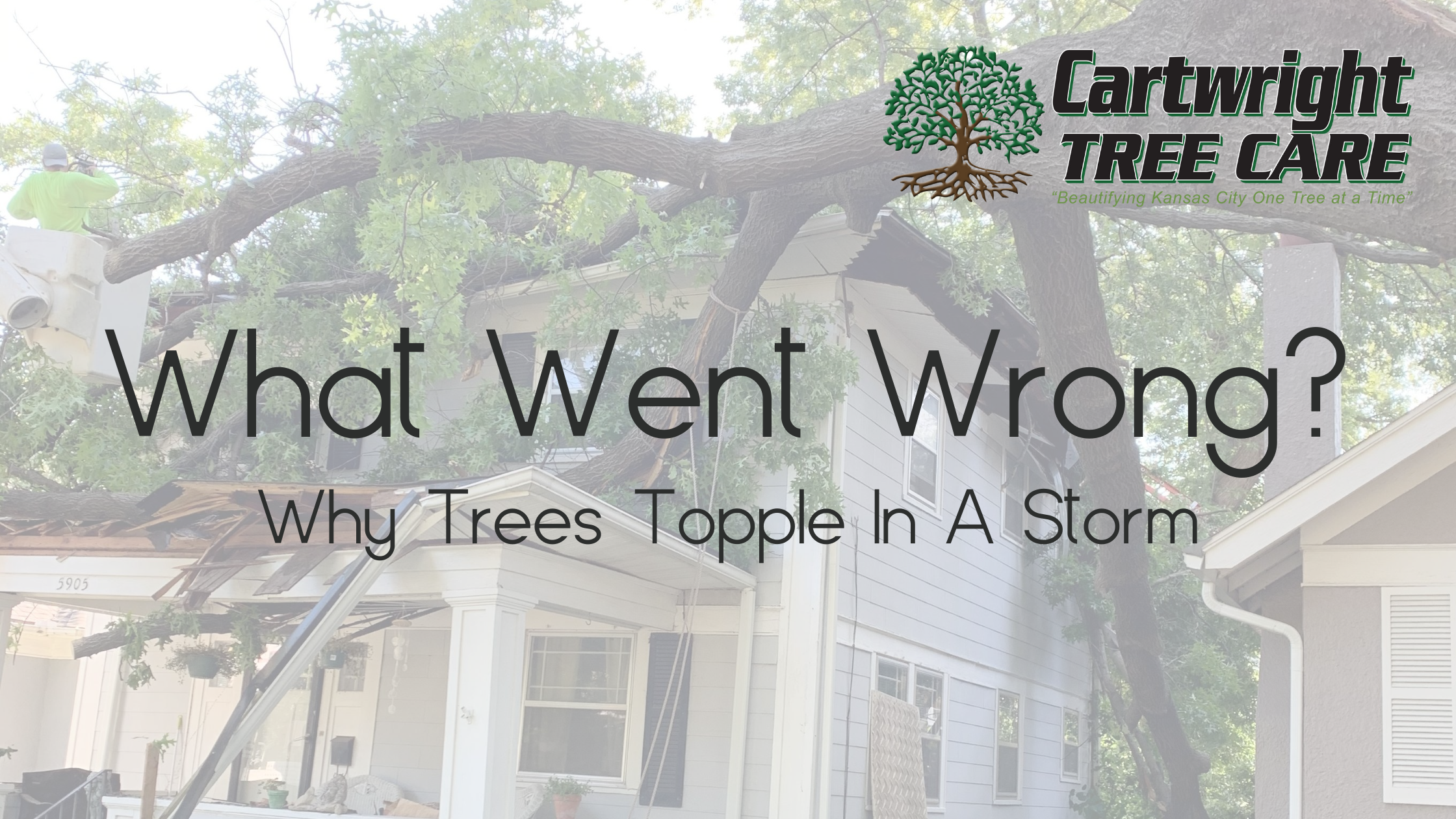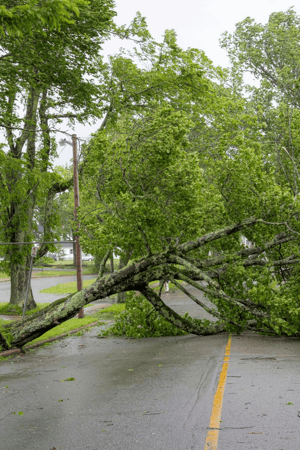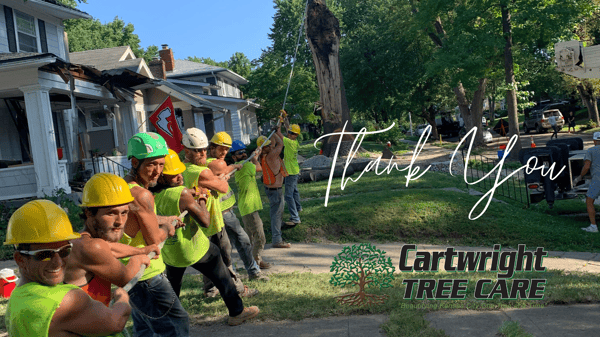
As Americans, we place significance on trees, often naming streets after them -- Oak St., Elm St., Cherry Lane, Maple Ave., Cypress Blvd., Sycamore Dr., and so many more.
I've always wanted to live on Sycamore Dr. It just sounds so lovely and quaint. I picture kids riding bicycles down the sycamore tree-lined street, hopscotch and baseball games, neighborhood cookouts, and warm, cozy homes. I never imagined a tree crashing onto a house or a falling branch, whacking a kid off his bicycle.
But when torrential rain saturates the ground, gusting winds force the branches to sway back and forth, or when ice and snow send the limbs sagging, Do you worry, and run to the center of the house whenever you hear a loud crack thinking, "Who is next"?
How do we know if our birch, elms, maples, oaks, willows, sycamores, Bradford's, ashes, and other urban trees that beautify our urban Kansas City landscape throughout the seasons, will safely co-exist with pedestrians and our property when the weather rages?
This brings me to the question... Why do some trees fall in a storm, while most do not?
A healthy tree can move (flex) in the wind, which is precisely what prevents it from breaking apart during a storm. But even the most robust (sound) trees are susceptible to wind injury. During intense or severe wind storms, full tree canopies can act as a sail in the wind. When wind speeds are excessive, storms can cause entire trees to uproot.
There are three main reasons why trees fall during storms.
 Structural imbalance
Structural imbalance
If your mature tree is leaning (for example), it's architecture is imbalanced and likely to fail. The tree's natural growth habitat determines this. An excellent stable tree with good branch unions will be able to withstand and resist windstorms and snow loads. Corrective pruning, at a young age, can prevent weak structural growth.
Decayed Wood
This is the most common our Cartwright Tree Care crew sees. When a tree is wounded, whether it be from your lawnmower or a vehicle (none of our business! Or that time you decided to prune your tree improperly... (still non of our business!). Also, there are decay-causing fungi that penetrate into the internal wood and destroy the trees' tissues. All of these weaken the tree's structural stability over some time and cause the tree to fail.
Common signs and symptoms of decayed wood are hollow holes, rotten wood, mushrooms, conks, bulges, and large cracks. If more than 40 percent of the tree trunk or its branches show an indication of decay, then the tree's failure is high. Have a professional perform a risk assessment on your trees.
Root Problems
Heavy rain accompanied by high winds can uproot and topple large, mature trees. But have you wondered why certain trees are uprooted whereas a neighboring tree seems to be okay? Some trees have different root systems and are naturally vulnerable to harsh weather! Willows, poplars, cottonwood, Norway maple have very shallow roots that when the ground becomes soft and saturated from heavy rain, the wind can easily lift the roots causing the tree to fail and topple over!
Having a professional identify and diagnose these common tree defects and addressing the issues can ensure the safety of your property and can prolong a tree's life span.
Tree health and risk assessment are best done by an arbor consultant and should be done on a routine basis.

Cartwright Tree Care offers tree trimming and pruning, and tree removal, in the Kansas City Metro Area, including surrounding Johnson County areas!. 24/7 emergency service. Call us today at 816-965-6758!

